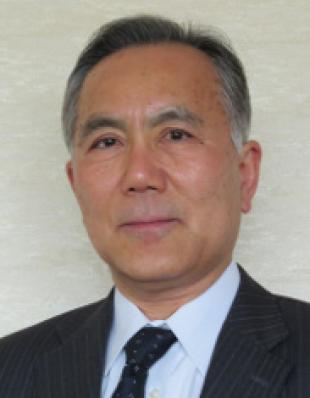Biography
Dr. Atsushi Yashima is a Professor of geotechnical engineering in the Department of Civil Engineering at Gifu University, Japan. He earned his PhD in Geotechnical Engineering from Kyoto University, with specialization in excavation of shallow tunnel. Dr. Yashima’s areas of expertise are geo-disaster mitigation, earthquake engineering, pavement and numerical analysis. He has developed many numerical codes to predict geo-disaster and design new countermeasures. He has more than 250 publications and got 6 awards from the professional societies and Gifu Newspaper award for contributions to research.
Education
1979, Bachelor of Engineering, Department of Civil Engineering, Kyoto University
1981, Master of Engineering, Department of Civil Engineering, Kyoto University
1986, Doctor of Engineering, Kyoto University
Work experience
1981 Assistant Professor, Disaster Prevention Research Institute, Kyoto University
1987 – 1988 Visiting Researcher, University of Colorado, Boulder, USA
1990 Associate Professor, Department of Civil Engineering, Gifu University
1995 Visiting Researcher, Laval University, Canada
1998 Professor, Department of Civil Engineering, Gifu University
2003 Director of Regional Research Center, Gifu University
2010 – 2014 Vice President, Gifu University
2014 Professor, Department of Civil Engineering, Gifu University



